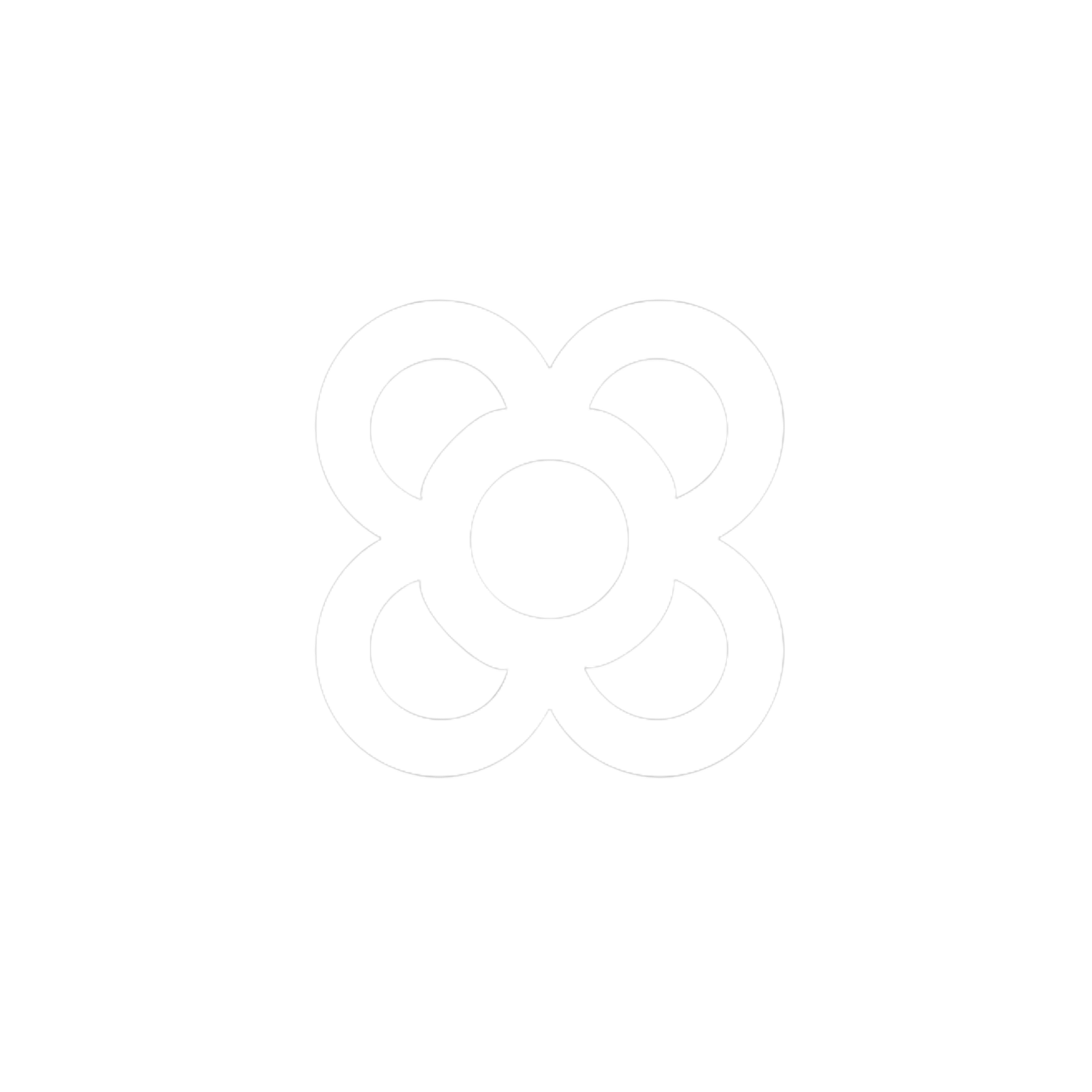How do Luxury Brands Like Louis Vuitton & Dior Adapt Collections for Global Markets?
Luxury brands excel at crafting collections that resonate across global markets, forging deep connections with local cultures, and catering to specific consumer desires.
Cultural Adaptation
Luxury brands invest heavily in understanding the traditions, values, and aesthetic preferences of each market they enter. In countries like China and Japan, where symbolism plays a vital role, brands often incorporate culturally significant colors or motifs into their designs. For example, red, a symbol of good luck and prosperity in China is frequently featured in limited-edition products released during Chinese New Year. This approach ensures that the brand not only appeals to the local market but also respects and honors cultural traditions.
Regional Exclusivity
To foster a sense of exclusivity and belonging, luxury brands often launch products or collections that are available only in specific countries or regions. This strategy not only captivates local consumers but also attracts global collectors eager for unique, hard-to-find items. Louis Vuitton, for example, regularly releases limited-edition bags with exclusive details tailored to markets like Japan or Dubai, adding an extra layer of allure to their products.
Local Collaborations
Collaborating with local designers, artists, or celebrities is another powerful strategy luxury brands use to connect with specific markets. These collaborations infuse a local flavor into the products, helping the brand to penetrate markets where competition is intense. A notable example is Dior's collaboration with Chinese artist Chen Man, which resulted in an exclusive makeup collection designed specifically for the Asian market. Such partnerships enhance the brand's local relevance and appeal.
Tailored Events and Campaigns
Luxury brands also customize their marketing campaigns and events to align with local festivities and cultural nuances. A fashion show in Paris will differ significantly from one in Beijing or Mumbai, reflecting not only the local aesthetic but also the culture of luxury consumption in those regions. During significant local holidays, like Lunar New Year in Asia or Diwali in India, brands launch special edition products that celebrate these occasions while aligning with local tastes. These limited-edition releases add an element of exclusivity, driving consumer desire.
Product Design Adjustments
Design preferences can vary widely across different regions. While some markets may prefer bold, ornate designs, others might value minimalism and subtlety. Luxury brands are adept at adjusting details like colors, materials, and styles to cater to these regional tastes. For instance, more understated designs might resonate better in European markets, while Middle Eastern markets may favor more extravagant and visually striking products.
Personalization
To further enhance their appeal, some luxury brands offer customization services that allow customers to create bespoke products reflecting their culture or personal preferences. This not only elevates the perceived value of the product but also fosters a deeper emotional connection between the brand and its customers. Personalized products resonate more with consumers, making them feel valued and understood by the brand.
Conclusion
Luxury brands succeed globally by deeply understanding their markets and creating products and experiences that resonate with local cultures. This approach not only strengthens the brand's presence in various regions but also reinforces its global image as a brand that values and respects cultural diversity.
luxury branding, global luxury market, cultural adaptation, luxury product customization, regional exclusivity, luxury market strategy, cultural influences in luxury, luxury brand collaborations how luxury brands adapt to different markets, luxury brands' cultural adaptation strategies, luxury product exclusivity by regio
Credit photo: Pinterest
user-generated content, UGC trend, luxury social media marketing, Chanel Beauty UGC, luxury brand UGC, high-quality UGC, luxury marketing strategies, UGC in luxury brands, social media content for luxury brands, Chanel Beauty marketing, UGC for luxury products, luxury social media trends, user-generated content benefits, UGC strategies for luxury brands, luxury brand engagement, authentic UGC examples, high-end UGC, luxury brand community building, UGC marketing for luxury, social media engagement for luxury brands, luxury brand visibility, Chanel Beauty social media, UGC campaigns, luxury content creation, influencer UGC, luxury brand authenticity, premium UGC, luxury brand reputation, UGC and luxury marketing, effective UGC strategies, user-generated luxury content.

